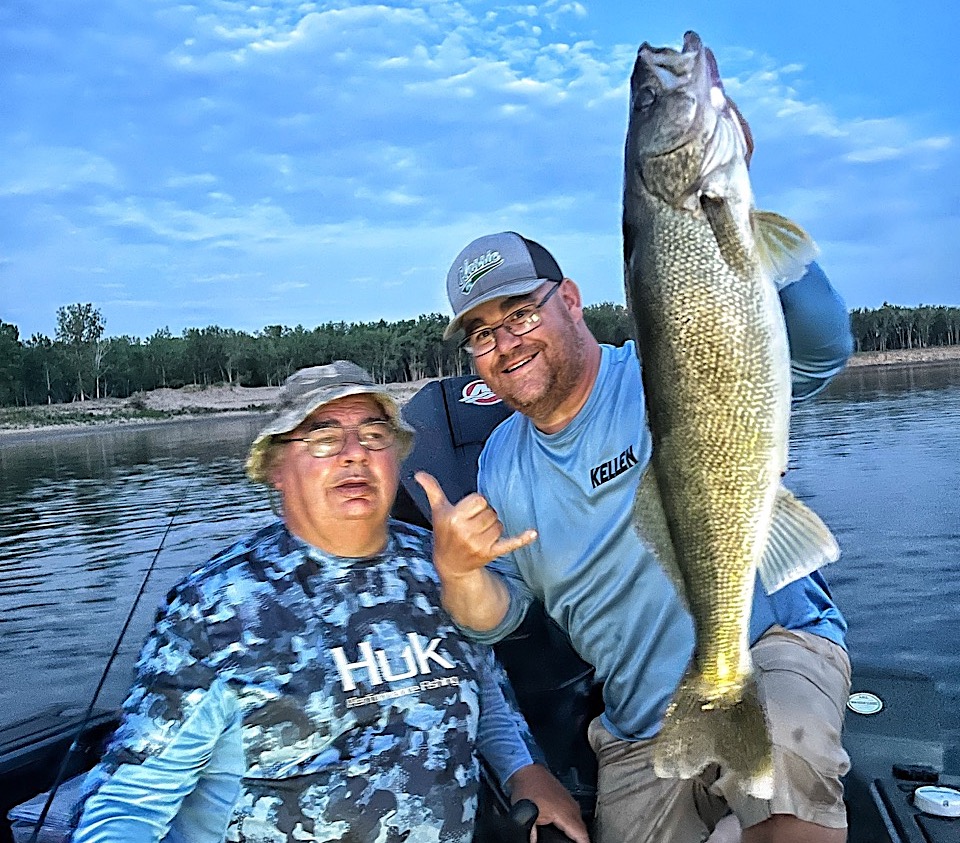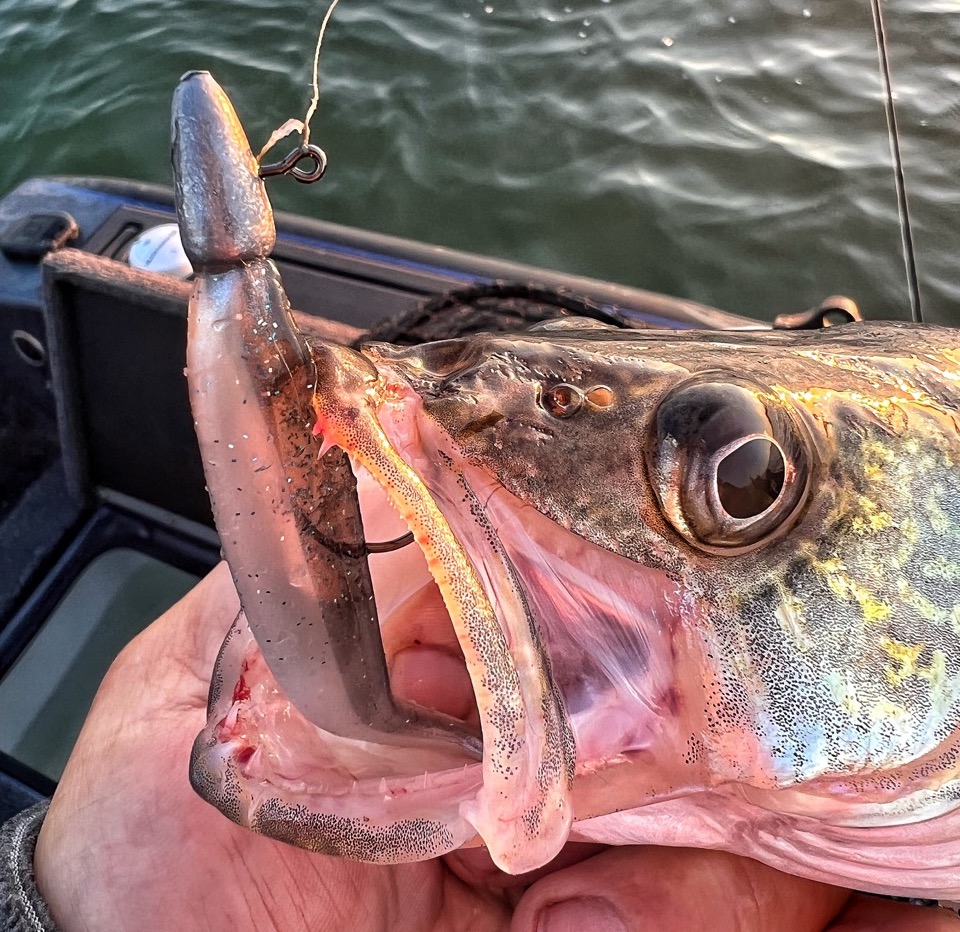Glide baits like Jigging Raps can shine in the fall and this lure category can be a deadly presentation whenever fish are holding on tight pieces of structure. Anglers can either cast the lure with aggressive snaps (aka snap jigging) or fish these lures below the boat with the same types of cadences and strokes. The overall theme is a snap fast enough to potentially set the hook on the upstroke followed by slack line on the fall.

Lures like the Jigging Rap, Johnnie Darter, Hyper Glide, Tikka Mino or Puppet Minnow can all be deadly with this general cadence. Relatively speaking, all of these lures have a following and catch fish and they all have relatively small hooks. Anglers who fish this style of lure below the boat constantly debate between using monofilament and braid. Braid allows for better sensitivity but can tear fish off small hooks. Mono seems to keep fish pinned up better on small hooks but has a tremendous amount of stretch that can compromise the initial hook set and feel over deeper water. As deadly as glide baits can be, you will tear off and lose a higher percentage of fish than many other presentations.
Kellen Latendresse has had a lot of success with oversized jig and plastic combinations worked in the same fashion as a glide bait but believes the hook up percentage is much better because of the wide gap over sized hook. Latendresse does a lot of guiding on Lake Sakakawea, Lake Audubon and the Garrison Dam Tail Race but his snap jigging program will work on a lot of water.

The go to jig for Latendresse is a half-ounce unpainted jig with a stout, wide gap hook paired with a soft plastic paddle tail like a Keitech. Electric Blue and Sexy Shad are his favorite colors on Sakakawea. Latendresse works these jigs the same way he would work a glide bait like a Jigging Rap with very similar results except the batting average seems higher for hooking up and keeping fish pinned up.
Latendresse likes to start out with about a six-foot sweep or stroke to get the bait to lift and fall. “I use Jigging Raps as well and will often fish next to people using glide baits, but the results are so similar when working the heavier jig and plastic,” observes Latendresse. Besides the wider gab and better hook up percentage, the jig and plastic are also much cheaper and can go through snags better. The key is to use a heavy enough jig so that it falls fast and finds bottom, just like a glide bait.
Fall glide bait programs in the fall often are perceived as being over deep structure and to be fair, many walleyes are using deep water in the fall, but Latendresse often finds fall walleye on Lake Sakakawea in 12-20 feet of water, especially in the mornings. “I personally don’t like to fish deeper than thirty feet of water because of barotrauma,” explains Latendresse. I find that many fish will still be much shallower in the morning or if there is overcast or wind. Look for shallow to midrange flats that range between ten to twenty feet of water right next to deep water. Structure coming off the old river channel is often key.
Latendresse uses his side imaging a lot to look for fish but also stresses to look for baitfish off the deep ledge. These baitfish are often smelt on Lake Sakakawea. “If you mark a lot of bait down the break in deeper water, there are often walleye up on the adjacent structure,” stresses Latendresse.
If you are interested in learning more expert tips for targeting walleye, check out our full walleye archive.




